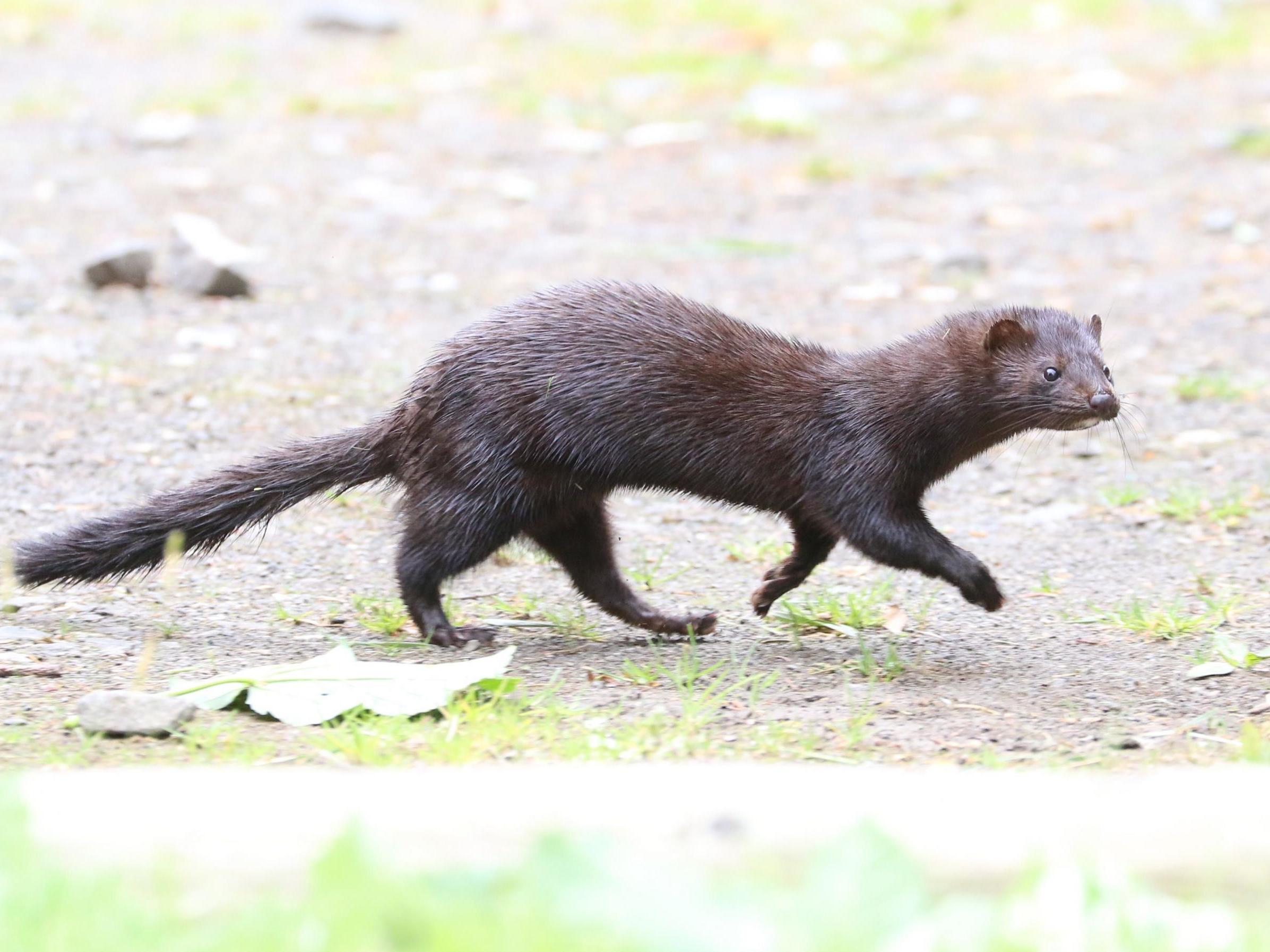Protected areas worldwide under threat by ‘invasive aliens’, study says
Vast majority have non-native animals living less than 10km away, scientists claim

Most of the world’s protected areas are under threat from invasion from “alien species”, according to new research.
The vast majority of places looked at in the study had “aliens” – non-native animals – well-suited to its environment living less than 10km away.
Researchers from the Chinese Academy of Science and University College London (UCL) found nearly all of the world's protected areas – which includes national parks, natural monuments and nature reserves – had an invasive species living under 100km away.
“One of the most harmful ways that people are impacting the natural environment is through the introduction of ‘aliens’ – species that do not occur naturally in an area, but have been taken there by human activities,” co-author Professor Tim Blackburn said.
“These species may kill or compete with native species, or destroy habitats, amongst other impacts.”
The UCL professor said these invasions are considered as one of the main “direct drivers of global biodiversity loss”.
“Aliens are establishing themselves in new areas at ever increasing rates,” he added.
“Protected areas are a cornerstone of biodiversity conservation, but aliens don’t know where their boundaries lie.”
The researchers looked at nearly 900 animal species – such as mammals, birds and reptiles – who are known to have established alien populations for the study published in journal Nature Communications.
They investigated whether any of these species could be found near the world’s estimated 199,957 protected areas, as defined by the International Union for Conservation of Nature as geographical spaces which have the goal of achieving ”the long term conservation of nature with associated ecosystem services and cultural values”.
The study found 99 per cent of protected areas had an invasive species less than 100km away.
Meanwhile, 89 per cent had one living within 10km of its boundaries.
Researchers said around 95 per cent of the protected areas would be a suitable home for some of the alien species, while less than 10 per cent of the protected areas had any of the animals surveyed living within them.
The study found the animal invaders most commonly found in these sports were all birds: the rock dove, ring-necked pheasant and house sparrow.
Other alien species living in protected areas included the house mouse, wild rabbit and American mink.
“At the moment most protected areas are still free of most animal invaders, but this might not last,” Dr Li Yiming from the Institute of Zoology at the Chinese Academy of Sciences said.
“Areas readily accessible to large numbers of people are the most vulnerable.”
The senior author said: “We need to increase efforts to monitor and record invasive alien species that people may bring into protected areas, deliberately or by accident, especially damaging species like the American bullfrog, brown rat and wild boar.”
Professor Blackburn from UCL said: “If alien species continue to spread – and we would expect many to do that – many more protected areas will have their boundaries reached, and potentially breached, by these alien species.”
Join our commenting forum
Join thought-provoking conversations, follow other Independent readers and see their replies
Comments